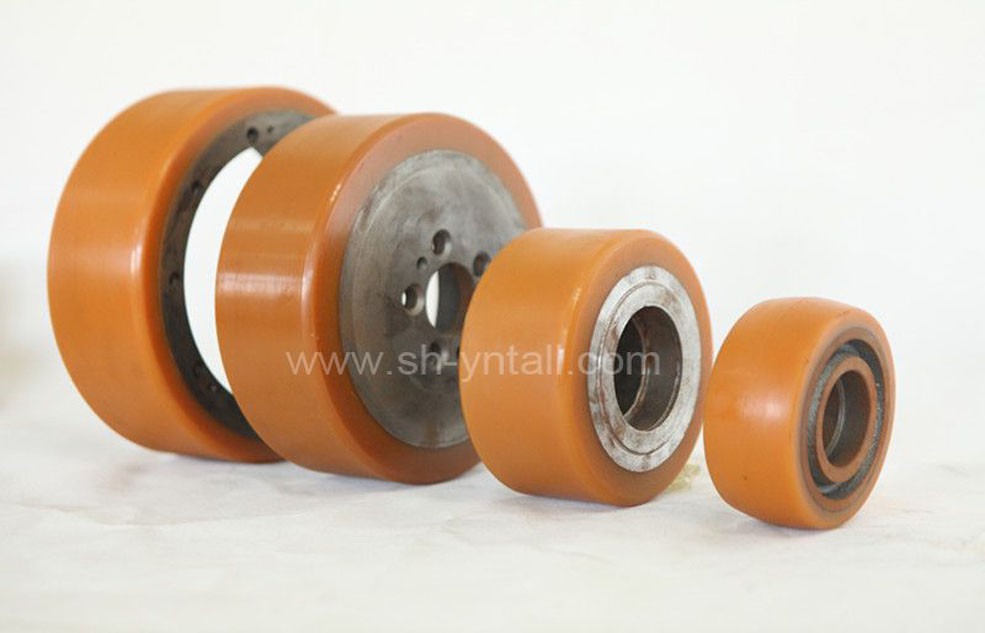The History Of Skateboard Wheels
Skateboard wheels were first invented in the early 20th century. Some creative children fastened old roller skates to a 2-by-4 plank. The original skateboard wheels were made of steel, which was difficult to use because the wheels had very little traction.
In the 1950s, the first commercial skateboards were manufactured, still using metal wheels. By the 1960s, manufacturers realized that metal wheels were not suitable for skateboarding, so they tried to make skateboards with clay wheels. However, clay wheels are not much better than metal wheels, and they are fast and bumpy, and difficult to control.
It was not until the 1970s that skateboard manufacturers began to use polyurethane wheels for skateboards. The inventor of skateboard polyurethane wheels was Frank Nasworthy (Frank Nasworthy), who noticed that polyurethane skateboard wheels performed better on roller skates and thought they would be better on skateboards. The sport began when polyurethane skateboard manufacturers began to manufacture polyurethane wheels for skateboards. In the mid to late 1970s, young people across the United States began to use skateboarding as a sport of their own, not just a novel activity. The first skateboarding skills and official rules were also born in the 1970s.
By the 1980s, polyurethane rollers manufacturers were busy making wheels for skateboards, and now skateboarding has become a mature sport. Since the 1980s, the structure of skateboard wheels has not changed much. Some modern polyurethane formulations provide better traction and elasticity than the original blend, but the structure remains basically unchanged. Transparent wheels actually provide better performance than colored wheels because the pigments in the wheels allow for fewer polyurethane wheels. The greater the concentration of polyurethane, the better the performance of the wheels, while providing flexibility and traction.

评论
发表评论